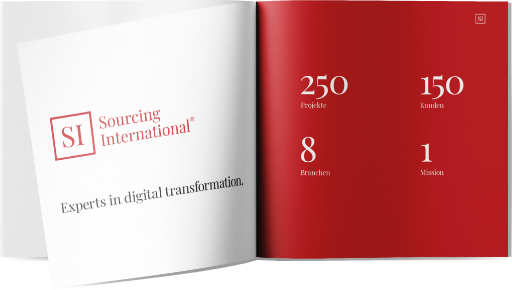Conception and development of ITSM processes within the framework of IT consolidation for IT shared services


Result
As part of a large-scale IT consolidation programme in the public sector, IT service management (ITSM) processes in the area of IT shared services strategy were successfully redesigned. The developed processes provide a strategic foundation for more efficient, coordinated, and future-oriented IT shared services. Through the close involvement of subject matter experts from multiple departments, a high level of acceptance and a robust, practical process standard were achieved.
Initial situation & Challenge
The provision of IT shared services in the public sector was fundamentally rethought. The goal was to structure strategic IT shared services to allow them to be used across departments and offer future-proof design. The starting point: five central process groups from the ITIL v3 discipline "Strategy" – Strategy Management, Service Portfolio Management, Financial Management, Demand Management, and Business Relationship Management – had not yet been established.The challenge was to design and implement these strategic processes from the ground up, which meant starting with a completely blank slate at the beginning of the project. Filling it required not only the highest level of precision and close coordination with the involved stakeholders, but also conceptual clarity, a methodical approach, and a high degree of creativity to translate complex requirements into functional solutions.
Measures & Project approach
At the start of the project, an extensive technical and methodological research phase was conducted to provide a sound basis for process development. Based on the principles of ITIL v3, the five central processes of the "Strategy" discipline, along with associated subprocesses were conceived, modelled, and documented. A key component was a custom workshop concept developed specifically for this project, which focused on the close involvement of experts from various ministries and departments. Using the visual card method, complex process models could be developed in a vivid, transparent, and collaborative manner even with large groups of participants.Each of the five strategic processes underwent a structured development phase consisting of preparation, workshop, and subsequent review. The developed processes were then agreed upon with all stakeholders and comprehensively documented – both in graphical form (BPMN model) and textually as detailed process descriptions including inputs, outputs, interfaces, roles, and objective descriptions. Additionally, a process interface matrix was created to ensure transparent and comprehensible integration of the individual processes into the overarching process model.
Deliverables
Process documentation (graphical according to BPMN standard and textual)
Workshop documentation including accompanying presentations
Objective descriptions for main and subprocesses
Agreed inputs and outputs of process steps
Role and responsibility descriptions for all processes
Process interface matrix for coordinating adjacent processes
Success factors
A key feature of the project was the close collaboration between different departments and sectors of the public service. Established tools and formats were used in the methodology; in addition, moderated workshops using the visual card method were employed. The structured design of the development process for the five central processes, clear role distribution within the project team, and a high degree of individual responsibility supported successful implementation – even with a large number of stakeholders involved. Crucial to the project’s success was the targeted combination of a methodical approach with practical knowledge from the various departments and sectors.

Consultant

Consultant, Alumnus
More success stories
Get in touch
Quality consultation
How we help clients
1
Strategy, Governance & Compliance
We help clients develop tech strategies and compliance frameworks.
2
Digital Transformation
We design key digital transformation projects on behalf of our clients.
3
Application
We successfully implement the most demanding technology projects.
4
Organisational Identification
We support our customers in developing a vibrant organisational culture.
